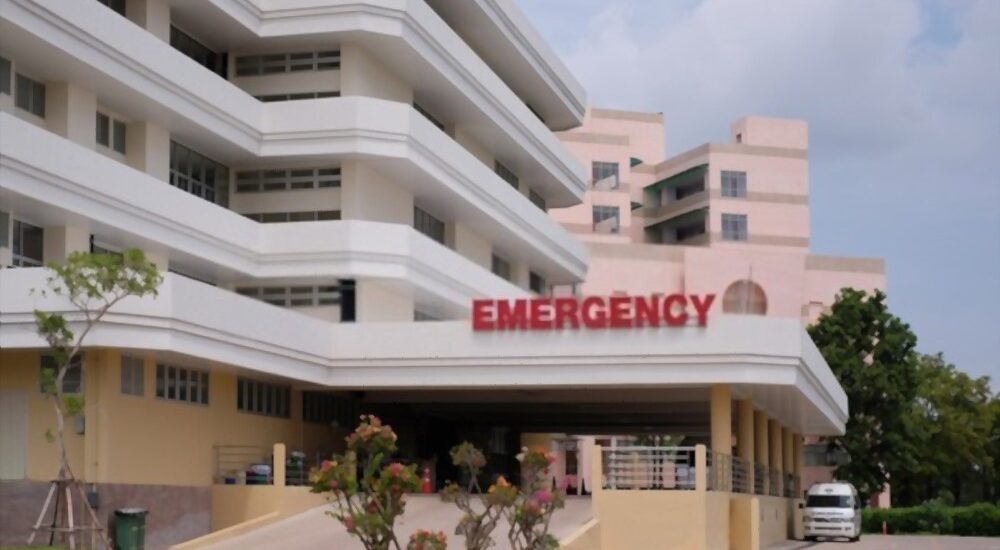- June 28, 2022
- Posted by: Josh Knoll
- Categories: Urgent Care, Urgent Care Billing

Choosing the right codes in Urgent Care billing
In 2003, CMS (Centers for Medicare and Medicaid Services) introduced the “Place of Service-20” (POS-20) that formally recognized Urgent Care facilities as distinct places for disseminating health care services. Urgent Care facilities were defined as “a location distinct from a hospital emergency room, an office, or a clinic, whose purpose is to diagnose and treat illness or injury for unscheduled, ambulatory patients seeking immediate medical attention.”
Since then, barring a few exceptions, Urgent Care billing has regularly used POS-20 to describe itself. However, some Urgent Care centers (comprising about 4% of the total number of facilities across the U.S.) choose to use POS-11 instead of POS-20. POS-11 designates a Primary Care facility. While such a usage is not due to any attempt at camouflaging a health care practice’s true identity, it often stems from certain compulsions, such as during times when an Urgent Care facility is registered as a Primary Care center with the insurance company, or is awaiting formal registration as an Urgent Care facility.
The implications of POS codes in Urgent Care billing
What many Urgent Care centers fail to realize is that the reimbursement rates vary according to the Place of Service code. What is even more important to remember is that POS-11 commands a lower rate of reimbursement than POS-20. On an average, an Urgent Care contract pays about 30% more than a Primary Care contract. Primary Care contracts billed as POS-11 are considerably lower and at the national level, reimbursement for Primary Care contracts hover in the vicinity of $90. On the other hand, Urgent Care contracts can fetch reimbursements that range between $130 and $160.
So whether you have engaged an in-house billing team or have outsourced your billing to a dedicated, third-party agency, it is in your best interest to ensure that all your Urgent Care billing uses the POS-20 code. The scope and nature of services provided by a typical Urgent Care facility entails higher operating costs than a Primary Care center. It therefore requires a higher capital and operational expenses. To sustain and ensure continued profitability, it is a no brainer that Urgent Care centers can only stand to benefit from the higher reimbursement that comes with billing using POS-20.
